Plant blindness – the inability to see or notice the plants in one’s own environment.
Elisabeth schussler & James wandersee, 1998
Surprisingly, for me at least, some people don’t notice plants. Even when we do see plants we tend to think of them as immobile and rooted to the spot. Of course, plants get about and colonise new sites that meet their needs. That is until they don’t. Threatened plants often struggle to establish the critical next generation and this prevents them from spreading, or even holding their ground. It is this ability to spread that the Garden’s Scottish Plant Recovery project is trying to restore to ten threatened Scottish plants. Funded by NatureScot, through the Nature Restoration Fund, the project team is engineering the elements necessary for natural regeneration to happen.
Ferns can be extremely mobile. Their dispersal happens as microscopic spores that are ideally suited to colonisation over long distances. Having said that, some ferns are rarities and oblong woodsia (Woodsia ilvensis) is one of the projects ten species because it is in decline and has not responded to past attempts to bolster wild populations. When plants grown in cultivation have been returned to the wild they don’t last long and no evidence of a new generation has been seen. So, although we can grow this plant from spores very easily, we have not quite cracked its ecological requirements in nature.
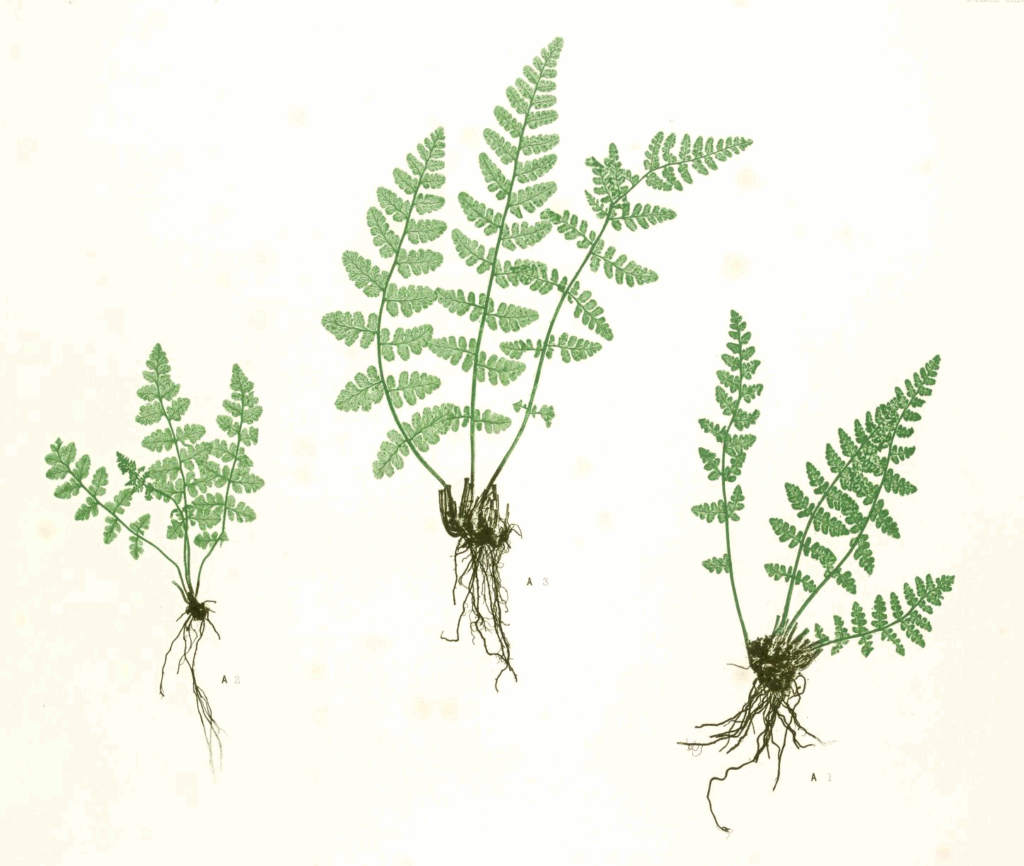
The rock scree habitat where we see oblong woodsia in Scotland may not be optimal. It is possible that these are the only places where it has clung on because they are out of reach of grazing animals and plant collectors. During the Victorian period there was a craze for collecting ferns, alive and dead. This so-called ‘pteridomania’ had a serious impact on oblong woodsia and many other rare ferns.
Despite being something of a Scottish rarity, this little mountain fern has a circumpolar distribution. This means it grows in Asia, Europe and North America: a large range that may be partly explained by the fact that it spreads using spores.
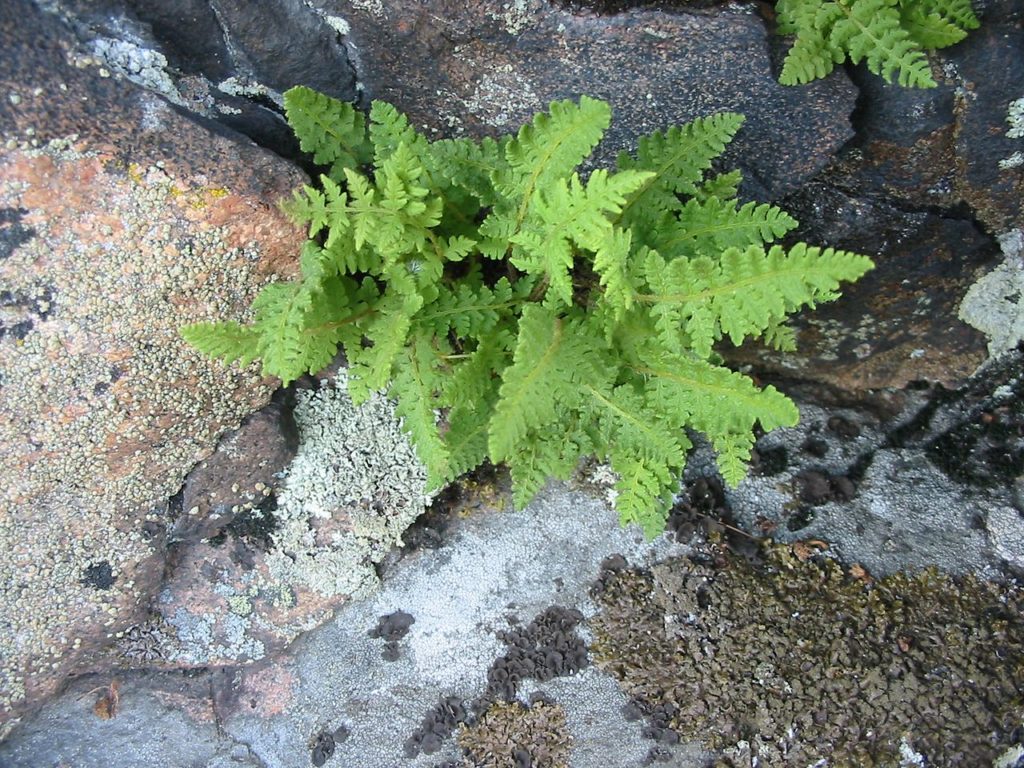
Making use of the microphotography technique (see Restoration in focus) we have been able to look at the spore-producing structures in detail. Being able to easily propagate this fern and yet not establish it in the wild is a real conundrum that the project aims to solve.
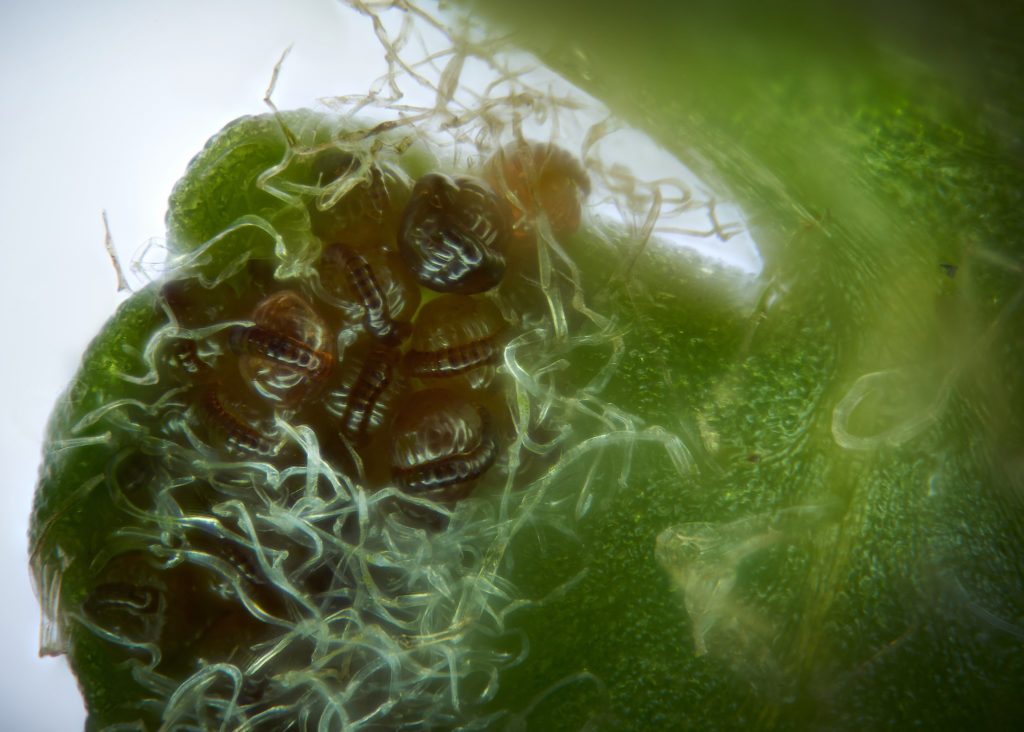
Despite being mobile at the dispersal stage of the life cycle, a failure to spread is a recurring theme of the ten species in the Scottish Plant Recovery project. The causes of this vary from species to species. Other problems include a lack of genetic diversity preventing viable seed production in alpine blue-sow-thistle (Cicerbita alpina); large, immobile seeds, possibly reliant on wood ants for dispersal in small cow-wheat (Melampyrum sylvaticum) and inherently low seed viability due to an unusual method of reproduction in the three Arran whitebeams (Hedlundia species).
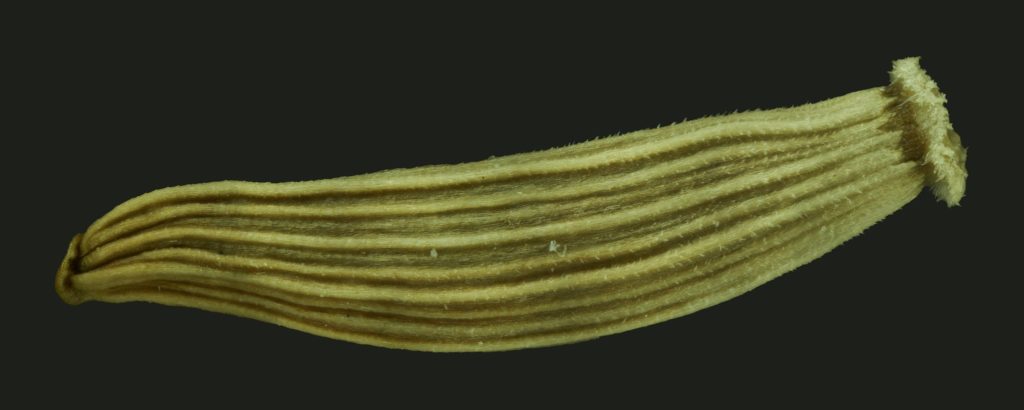
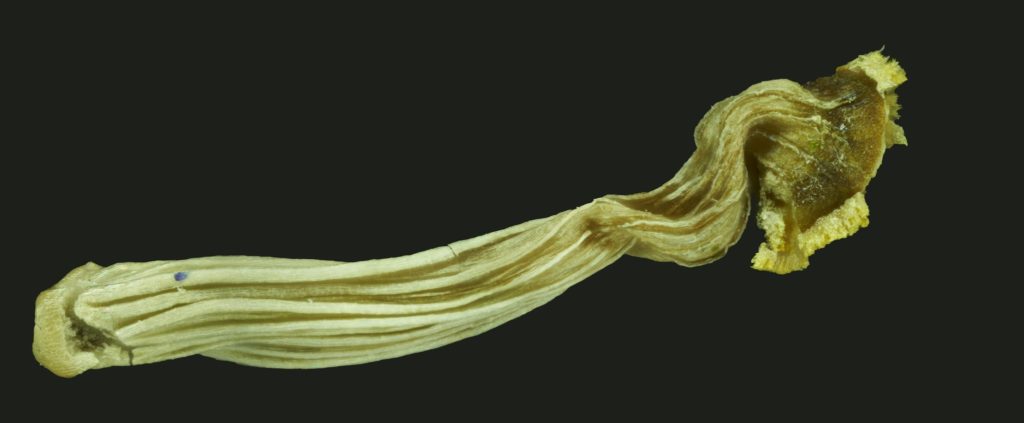
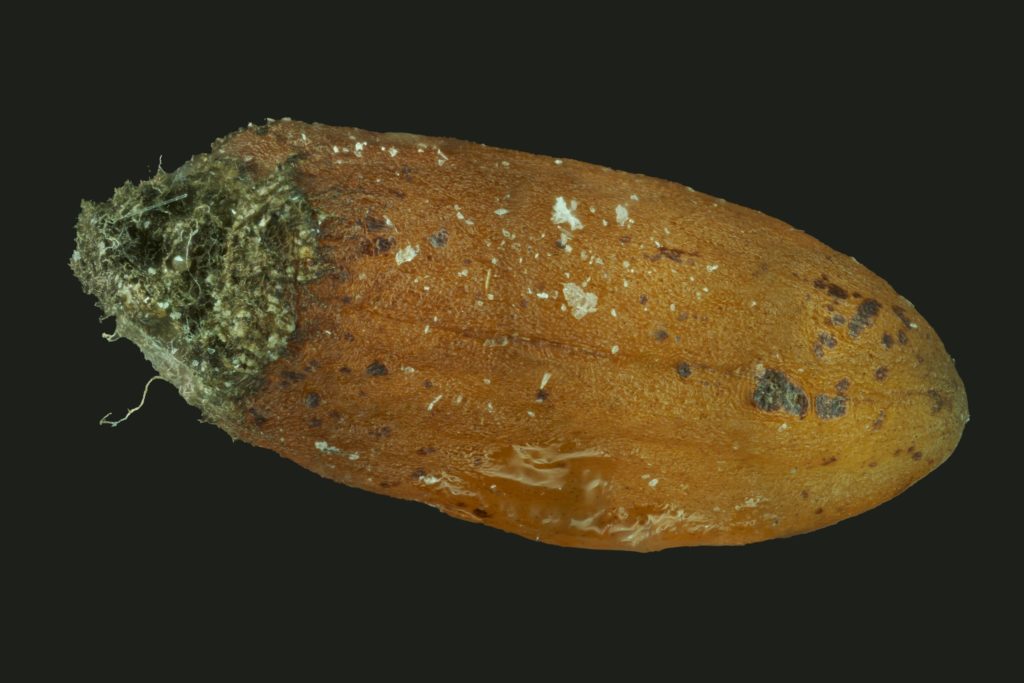
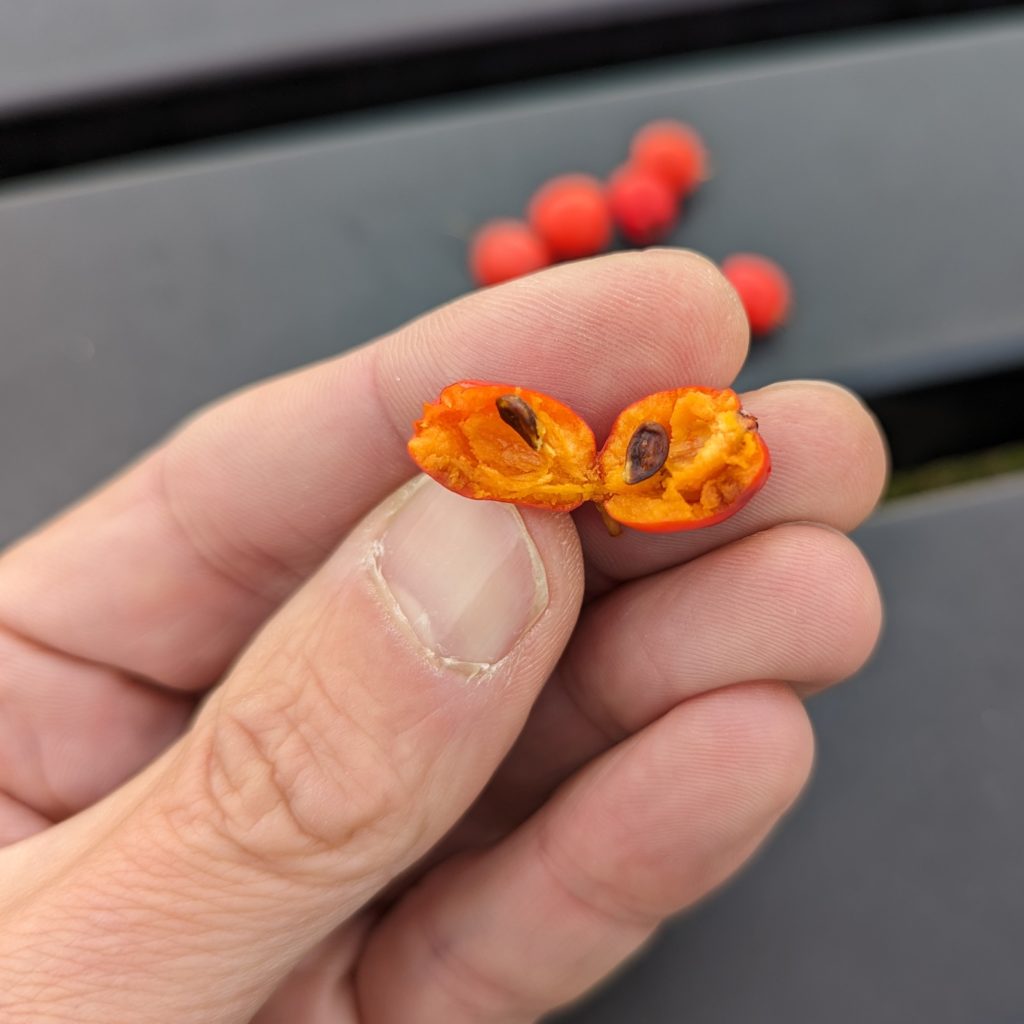


- X @TheBotanics
- X @nature_scot
- X and Facebook @ScotGovNetZero
- Facebook @NatureScot
- #NatureRestorationFund
